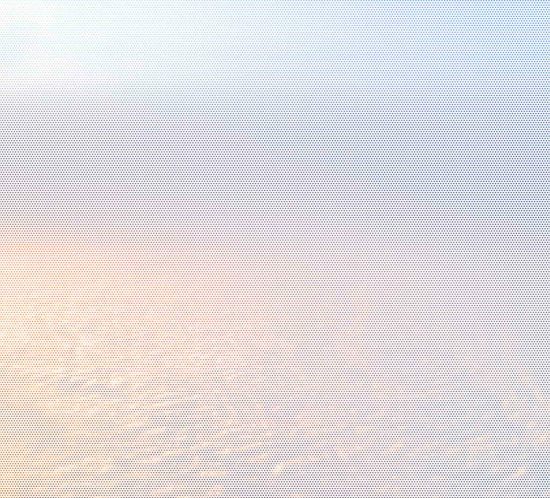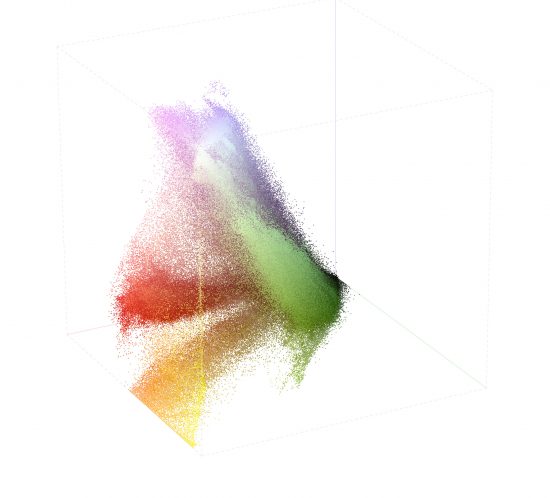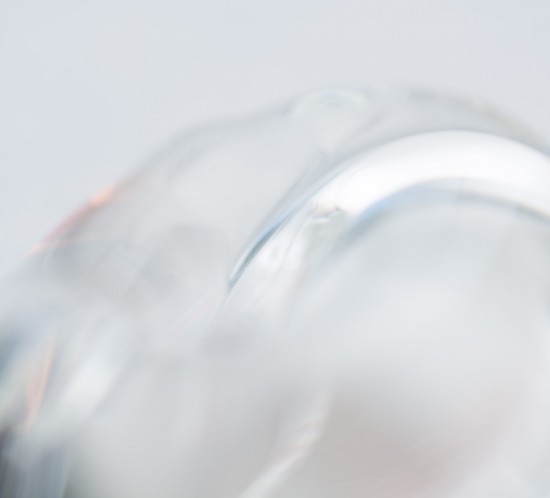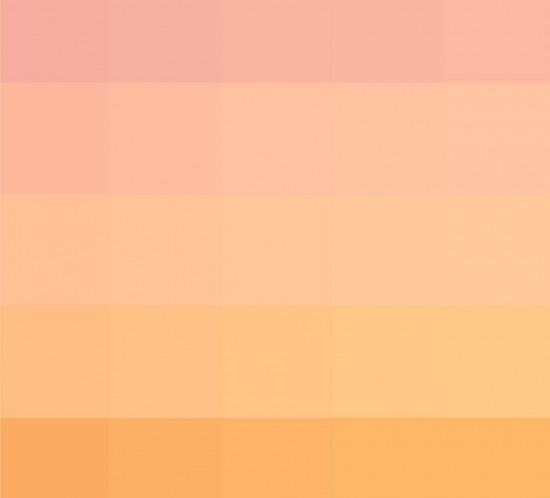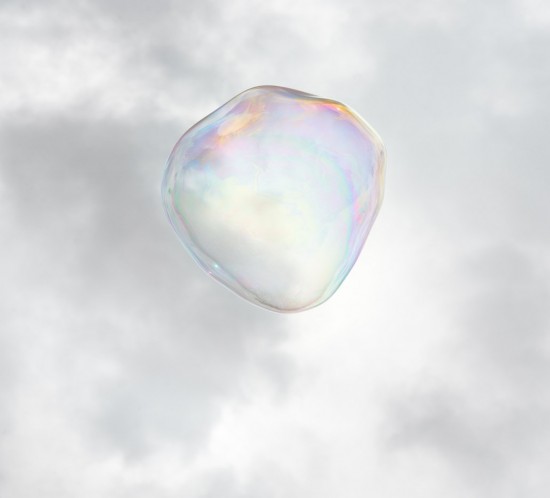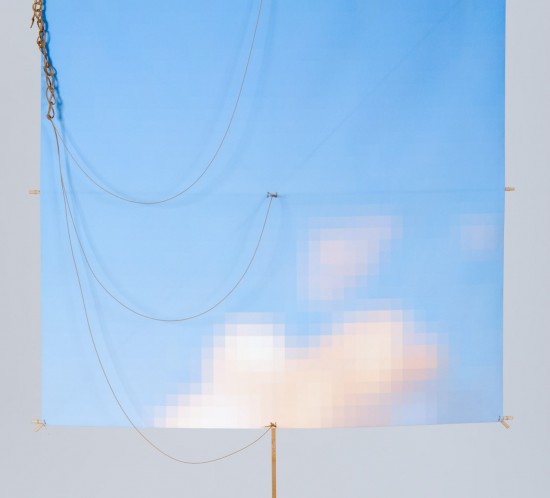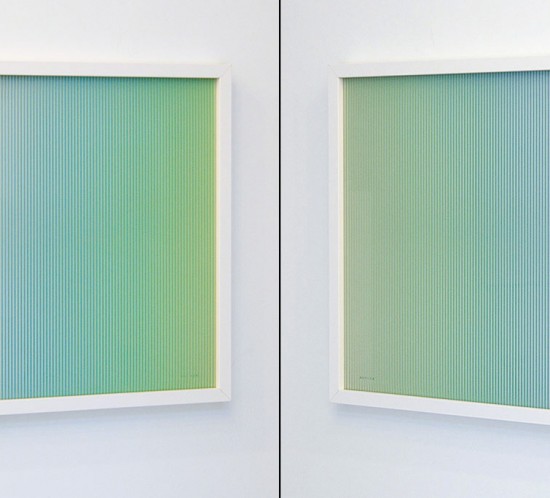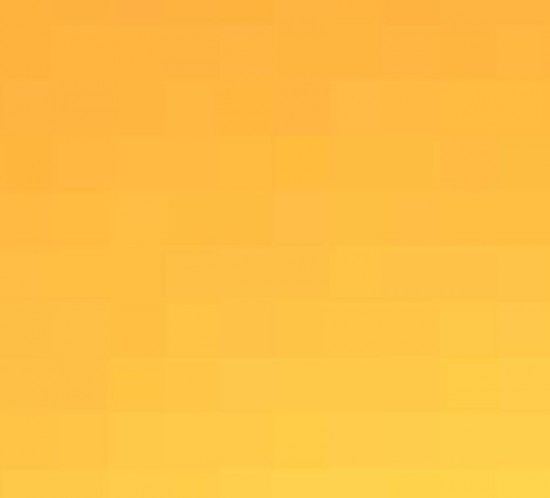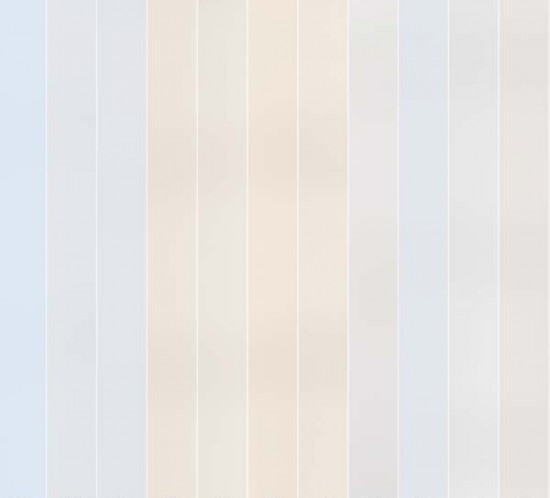Photography - Stuart Allen
Stuart Allen is an artist whose work deals with fundamental elements of perception such as light, time, gravity and space. He has shown photographs, kites and sculpture in galleries and museums throughout the U.S. and abroad. His work is found in many private and public collections including the Tokyo Kite Museum, the Crocker Art Museum, the DiRosa Art Preserve, UNESCO Headquarters in Paris, and U.S. Embassy collections in Canada, Bulgaria, Kazakhstan, and the Republic of Georgia.
Allen has completed permanent public art commissions for the U.S. Embassy in Ottawa, Canada and the Police Headquarters building in Davis, CA. His work has been published in a variety of books and journals including: Picturing California’s Other Landscape: the Great Central Valley, Terra Nova: Nature and Culture, You Are Here: the Journal of Creative Geography, Zyzzyva and Artweek. Allen has lectured or served as a visiting artist at many fine institutions including the Los Angeles County Museum of Art, the Weisman Art Museum, the Atlantic Center for the Arts, and a number of university art departments nationwide.
Allen studied architecture at Kansas University and graduated from the photography and video department of the Kansas City Art Institute in 1994. He lives in San Antonio, Texas with his wife Kelly Lyons, their daughter Aidan and son Vincent.
Allen is represented by the following galleries: PDNB, Dallas, TX; JayJay, Sacramento, CA; Jan Manton Art, Brisbane, Australia; Haw Contemporary, Kansas City, MO.
Stuart Allen, artist, photographer, sculptor, public art, kite, kite maker, art consultant, Jayjay, haw contemporary, pdnb gallery, science and art
-1
archive,tax-portfolio_category,term-photography,term-18,stockholm-core-2.1.2,select-child-theme-ver-1.0.0,select-theme-ver-7.1,ajax_fade,page_not_loaded,,qode_menu_,wpb-js-composer js-comp-ver-6.5.0,vc_responsive,elementor-default,elementor-kit-15382

